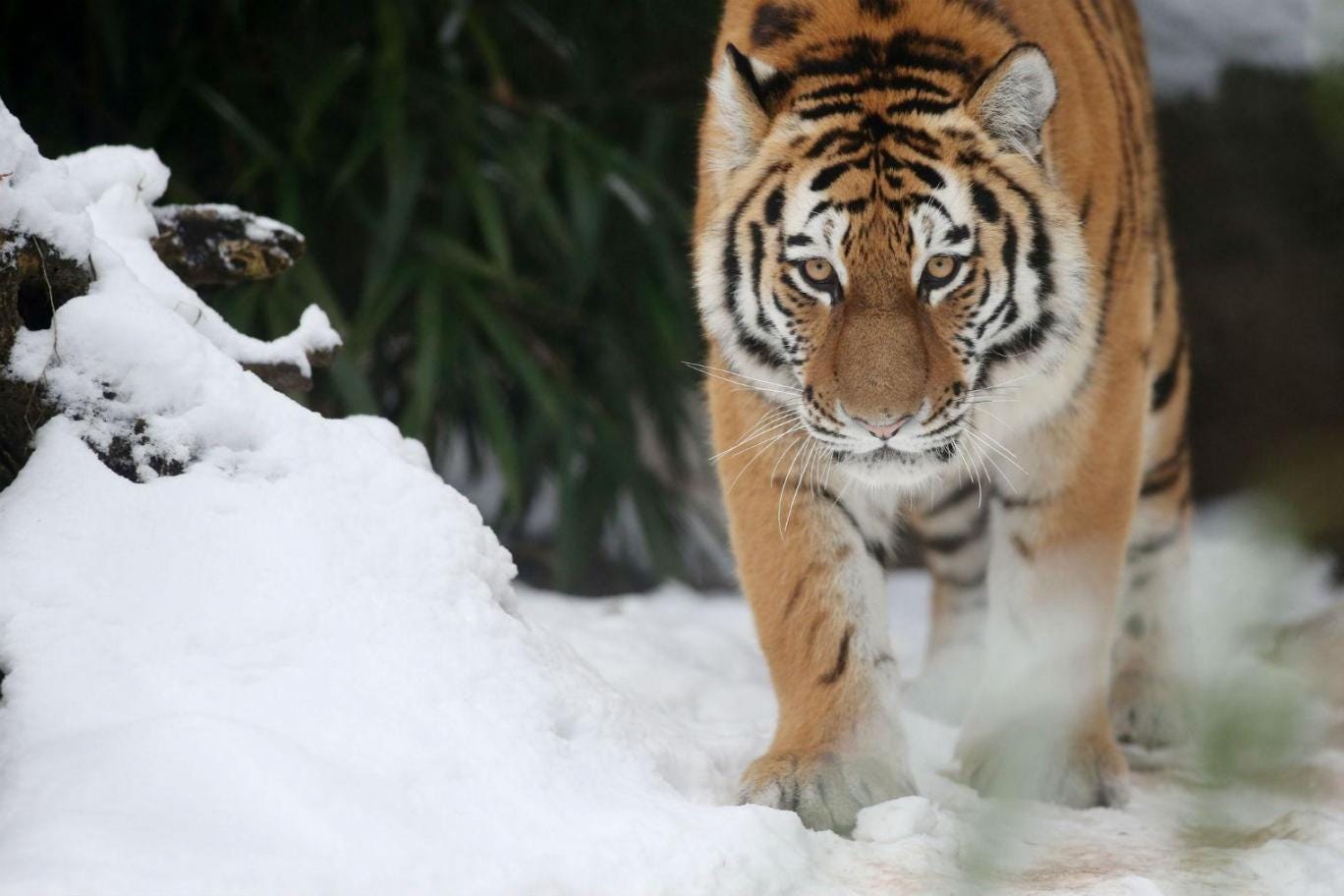International Tiger Day: Here’s everything you need to know

Spotlighting Issues Around The Globe
(Picture: AFP/Getty)
As the world marks International Tiger Day (Tuesday), the Independent (and its sister titles) has come together with the World Wildlife Fund to highlight the mortal danger these iconic animals find themselves in.
This isn’t just the Independent sticking a headline like “Cruelty” and then a picture of a whale or something underneath it.
A hundred years ago 100,000 tigers roamed in Asia, but now only 3,000 survive in the wild.
It is feared only 3,200 tigers remain in the wild, including 500 Siberian tigers, with 95 per cent of the total population disappearing in the last 100 years.
Three subspecies have already gone extinct, Bali (1940s), Caspian and Javan (both 1970s), while no critically endangered South China tiger has been seen for a number of years, and it is feared it might too be extinct.
They are officially classified as “endangered by the IUCN Red List of threatened species.
Amid rampant deforestation tigers have been reduced to hunting domestic livestock, which leads to local communities retaliating by hunting tigers.
The illegal trade in tigers – it was banned in 1987 – is thought to be worth £11billion a year, amid a boom in demand from wealthy businessmen who see tiger skins and bones as a status symbol.
Their claws, teeth and whiskers are also used extensively in traditional Chinese medicine. A tiger’s parts can sell for £30,000.
Increasingly sophisticated and well-armed criminal gangs lay steel traps to snare the tigers before beating them over the head with a stick after they have exhausted themselves from trying to escape.
Luv tigers. Hate when there kept in zoos. 🙁